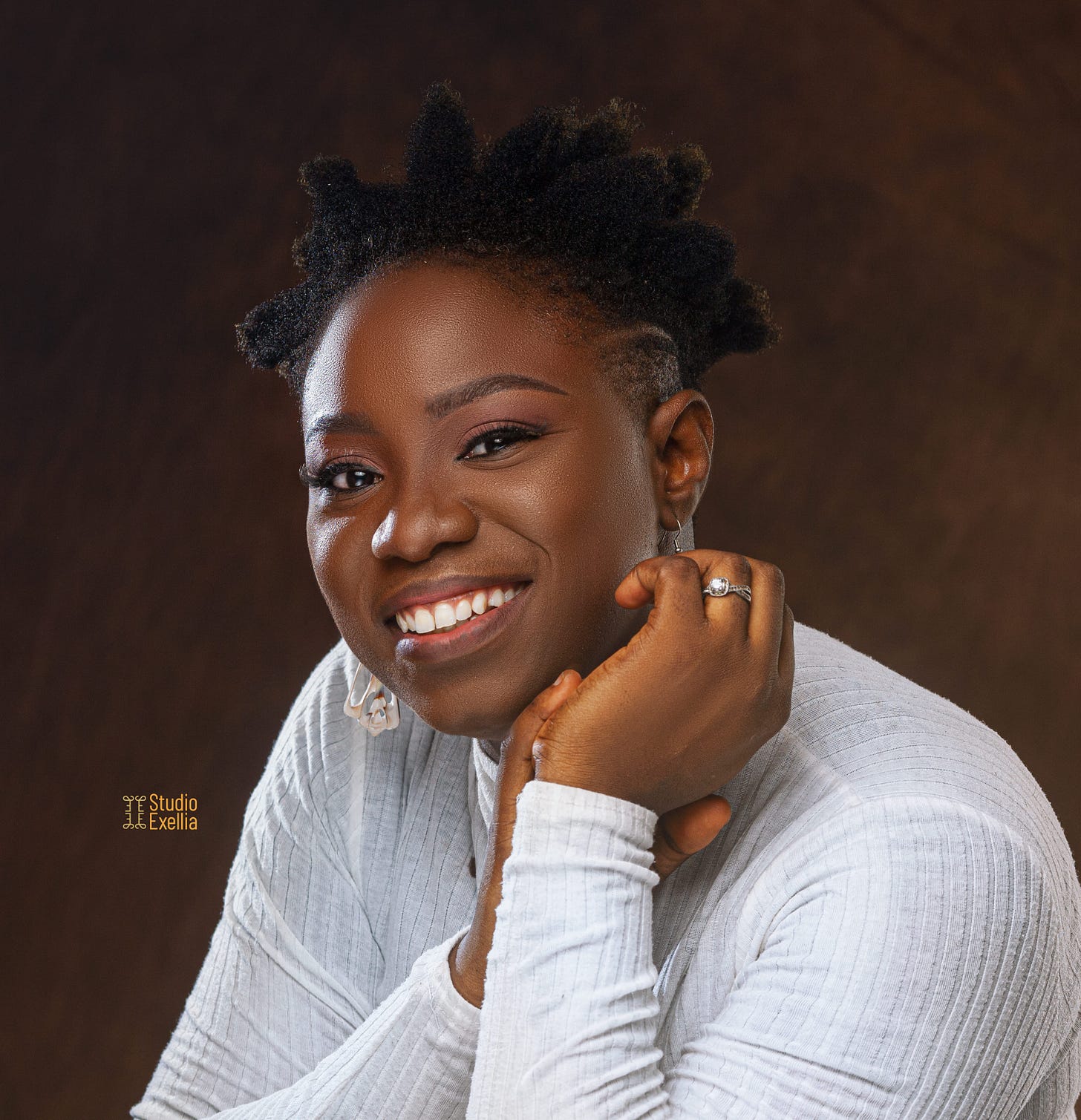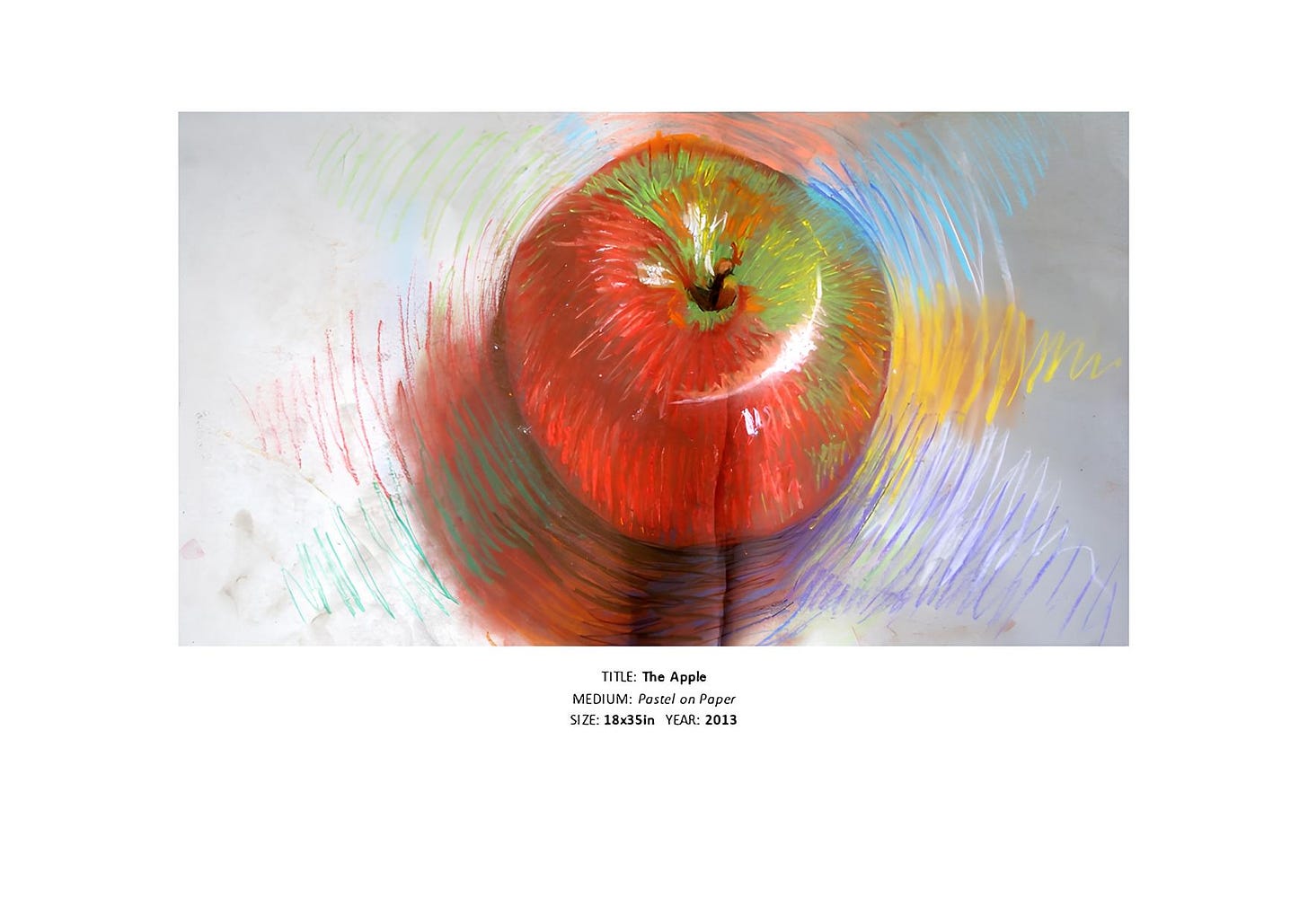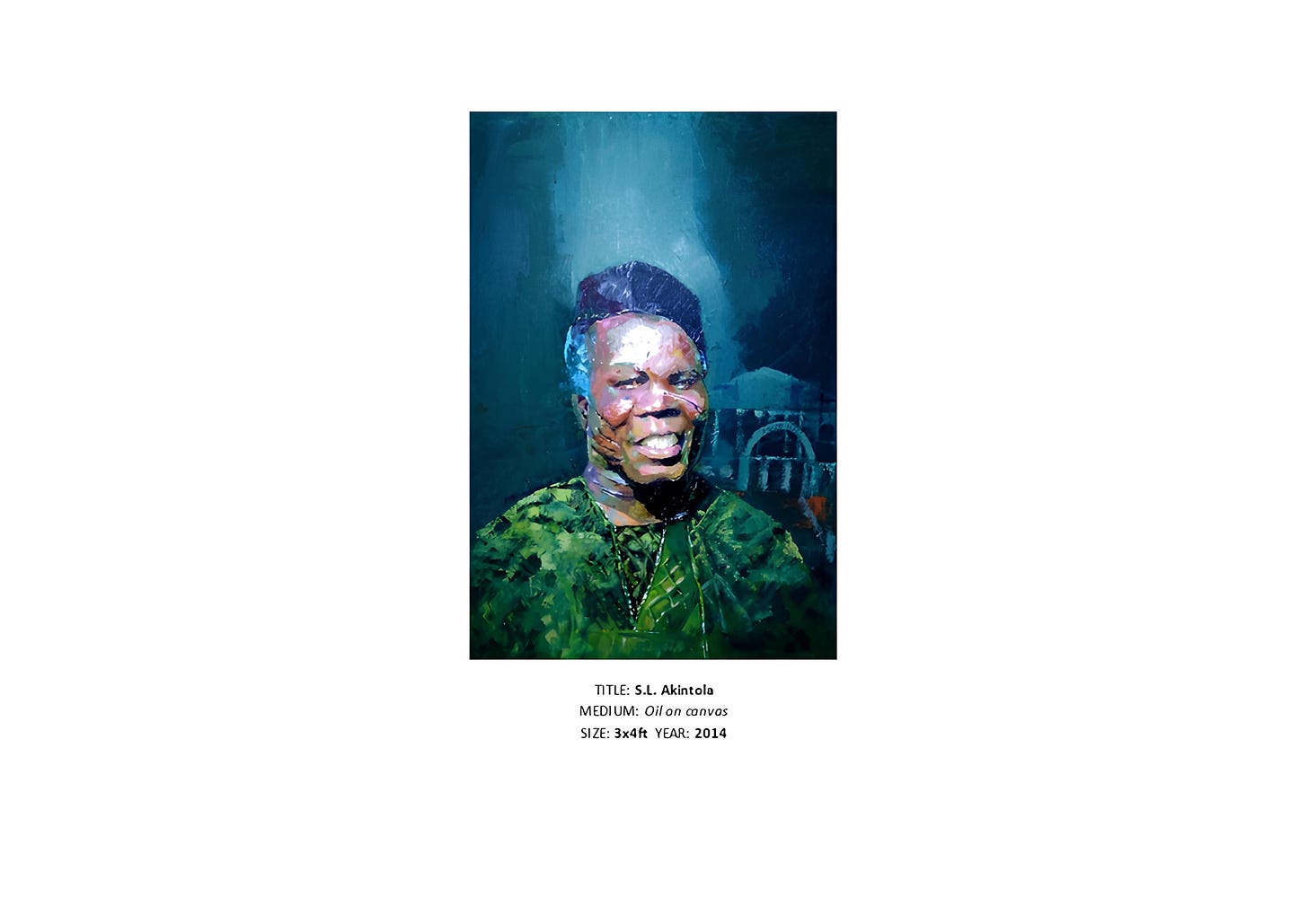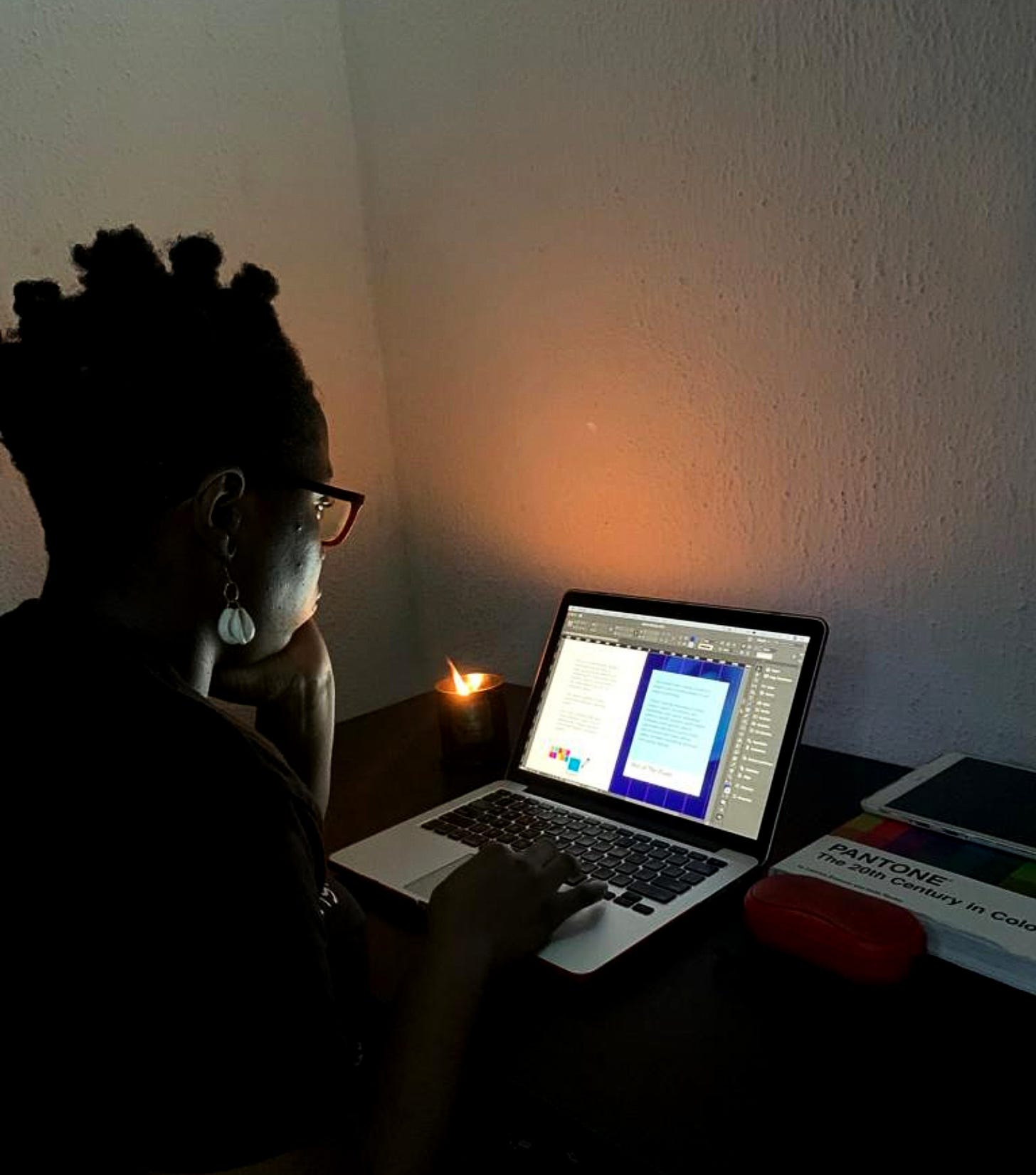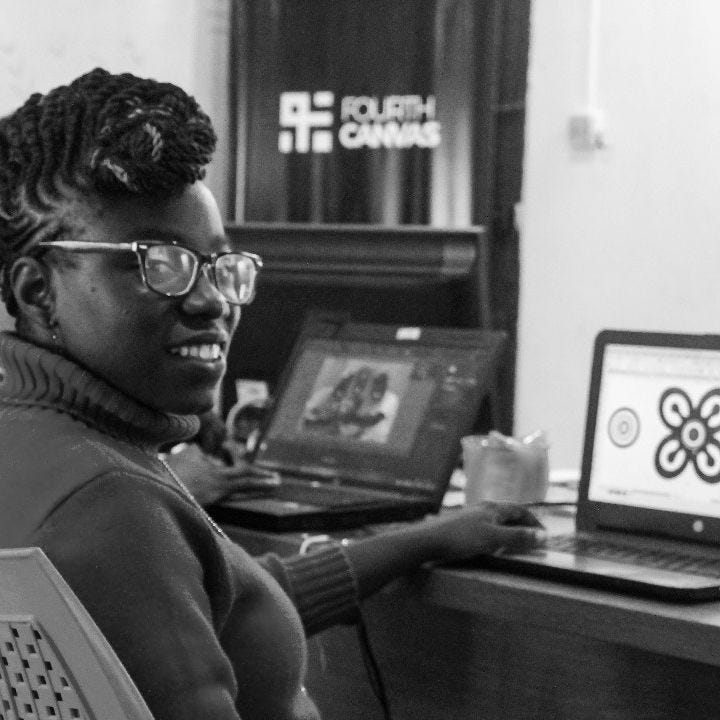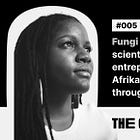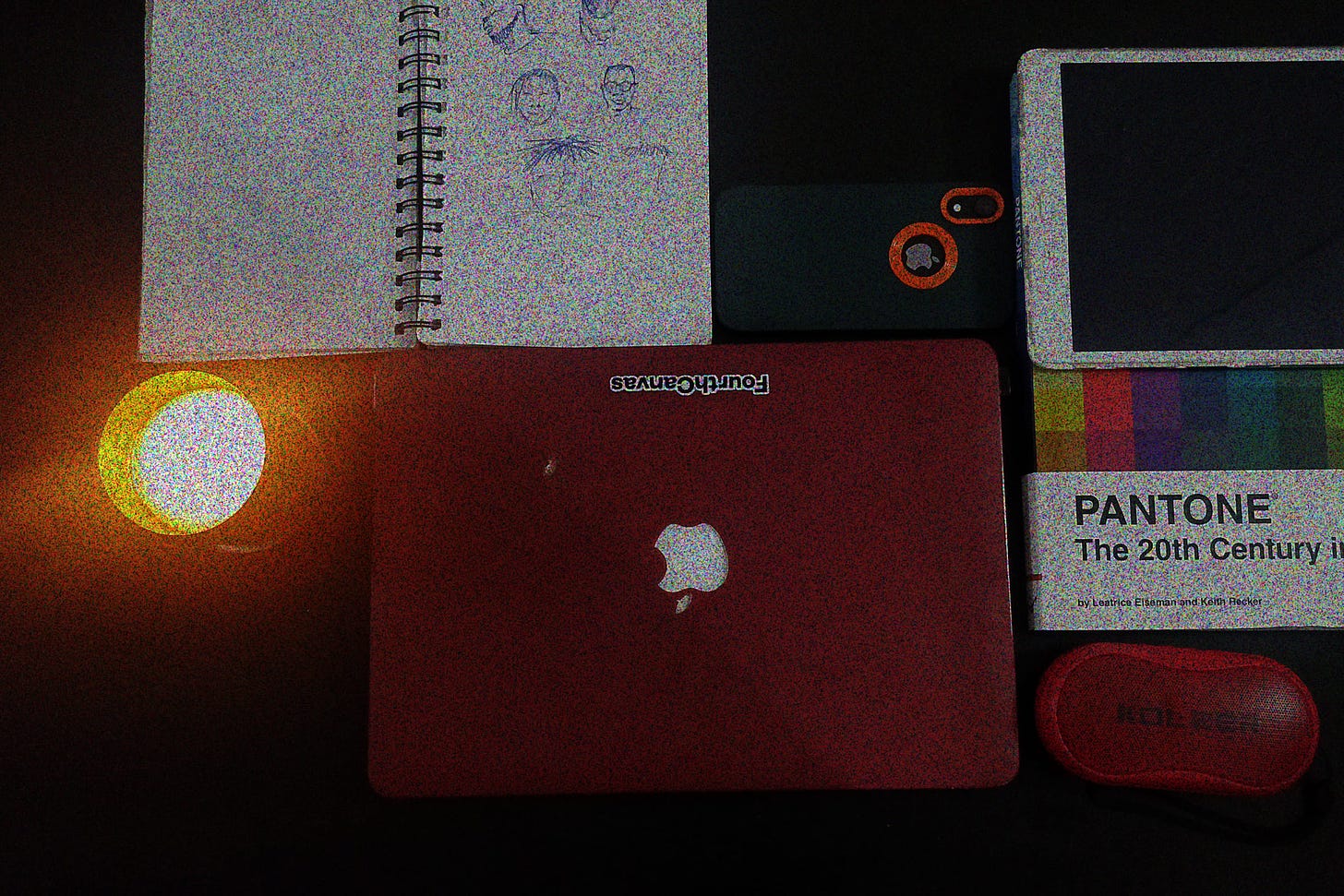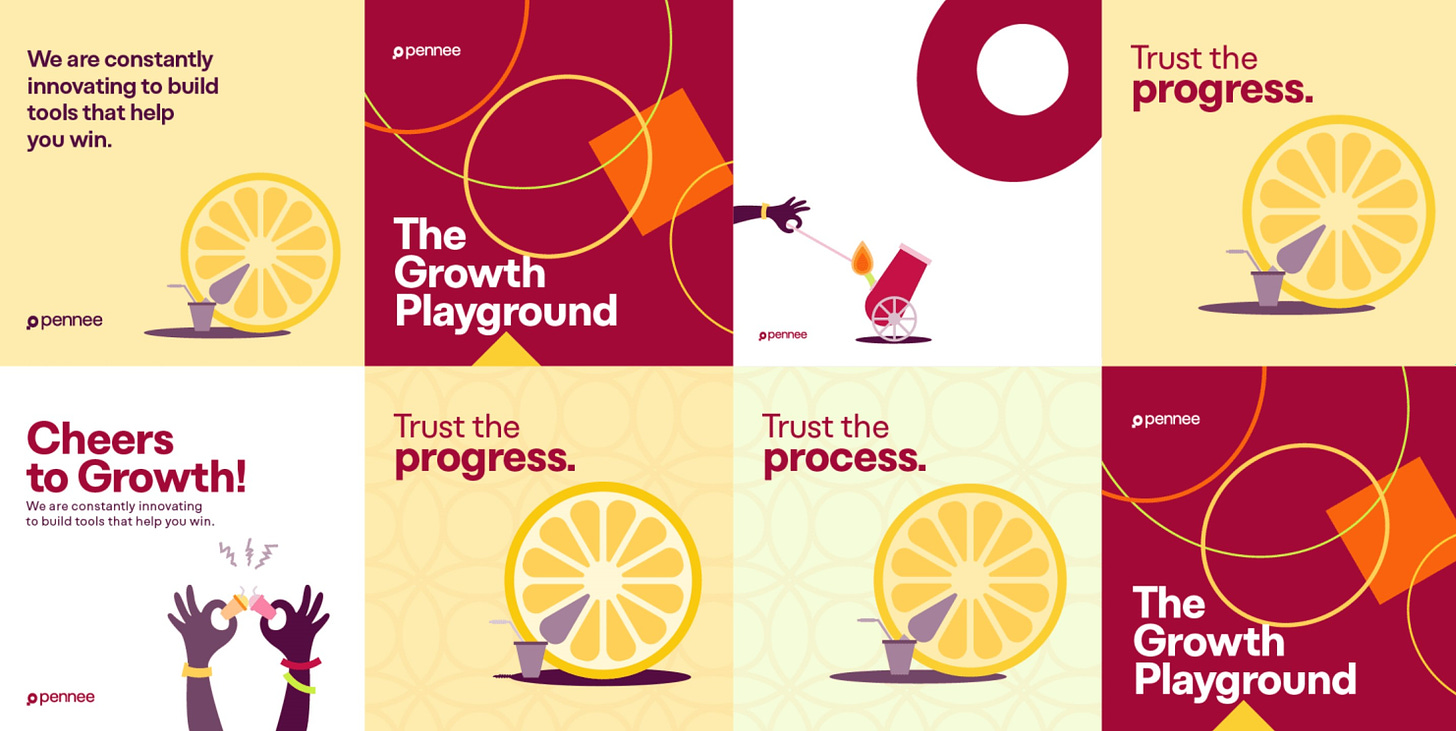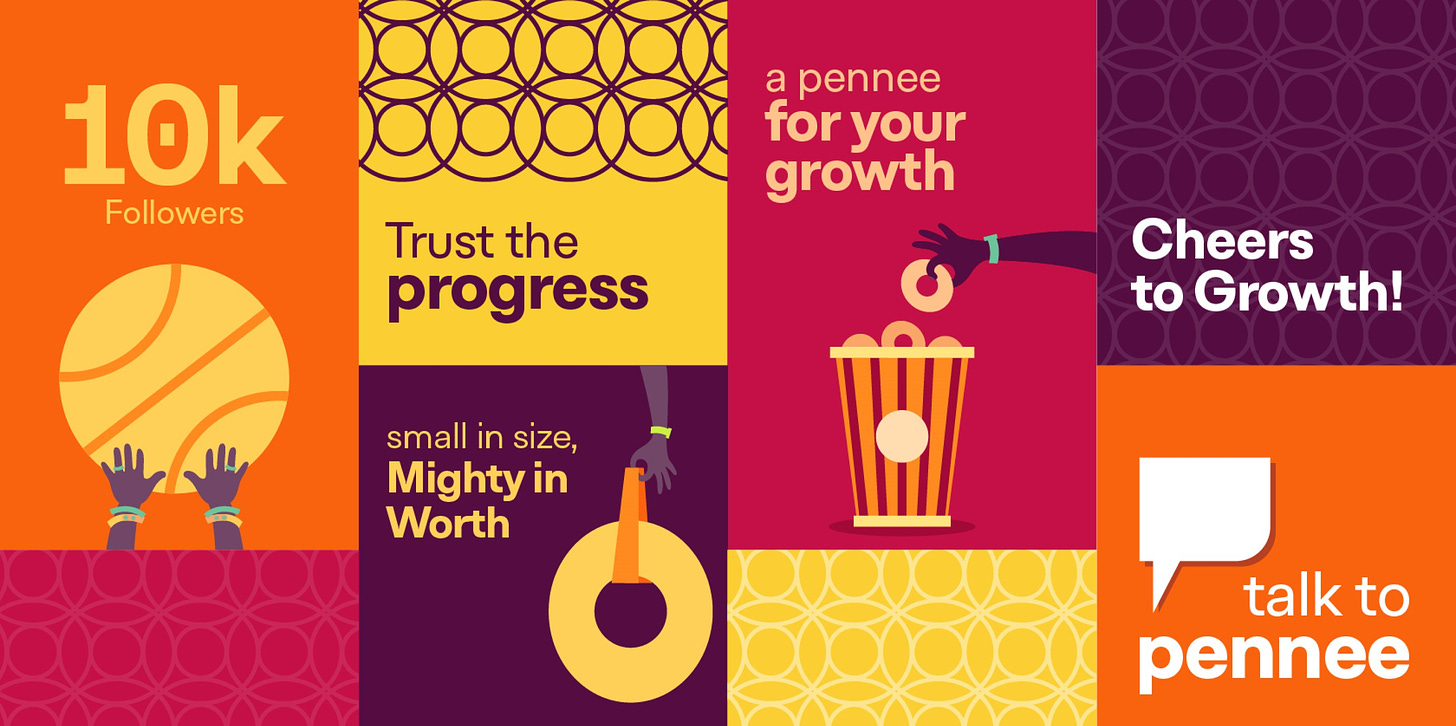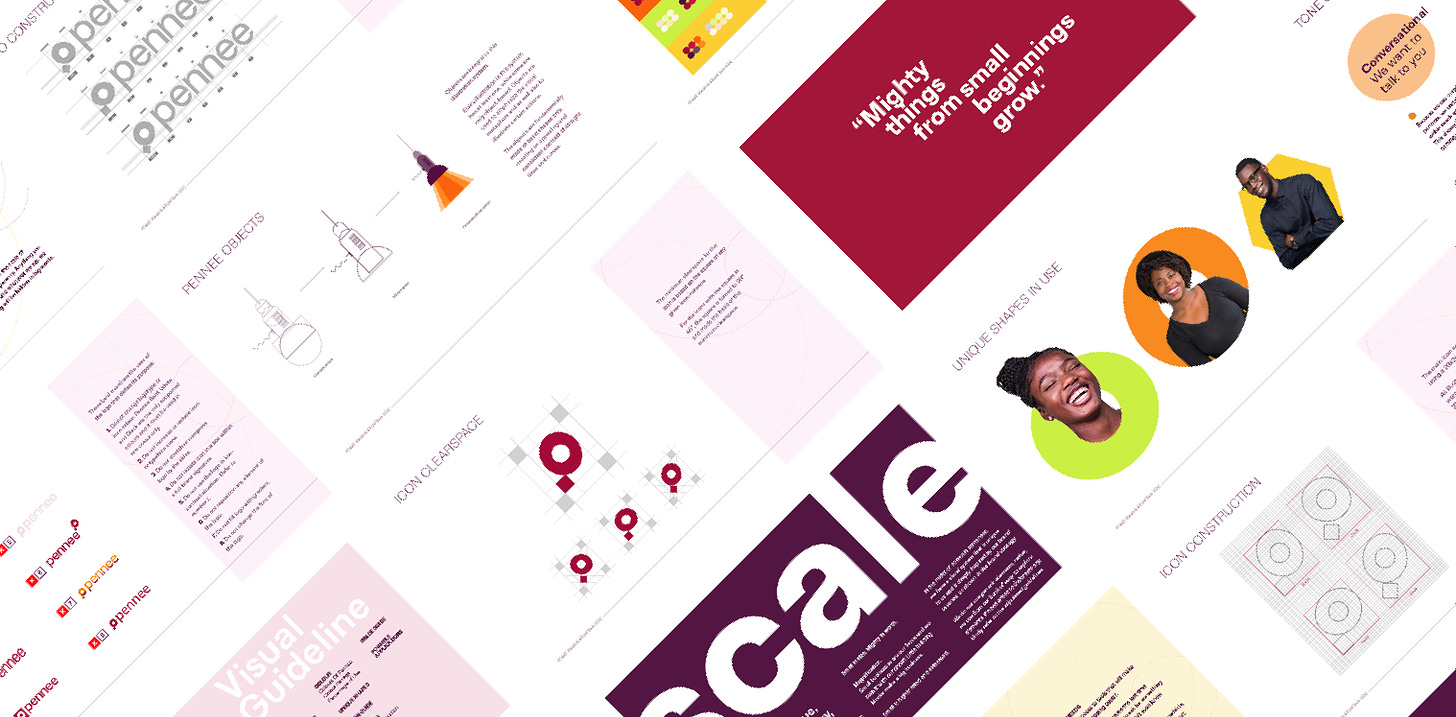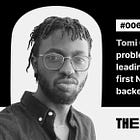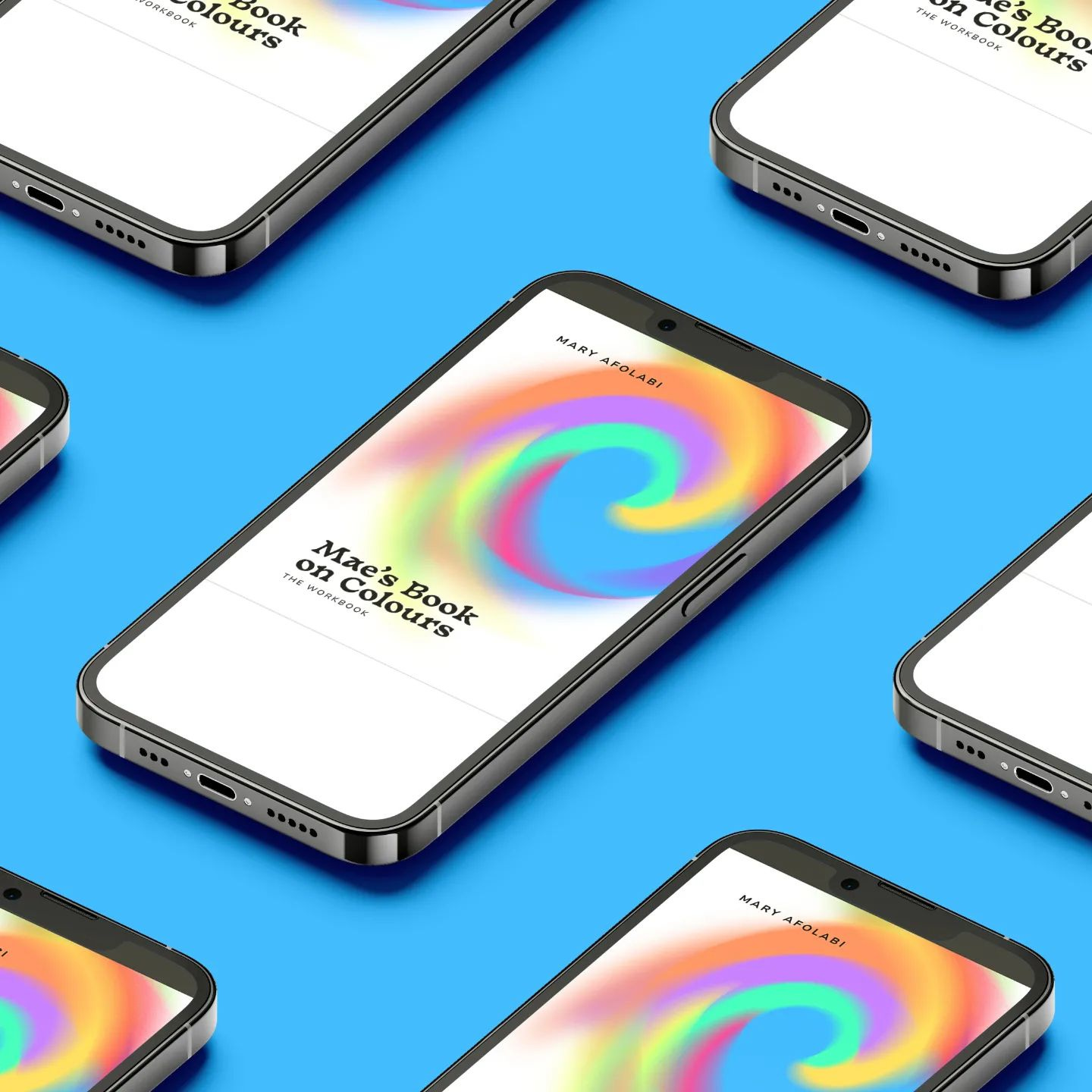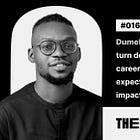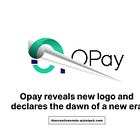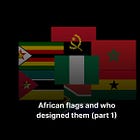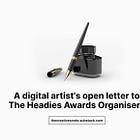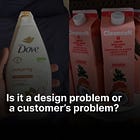Mary Afolabi: On early influences, her knack for colour, managing teams and clients, and how learning integrity has shaped her career — #018
I enjoy talking about issues that people face in their use of colour. I have a knack for solving problems that creatives face in their use of colours and recently published a book on colour
Hi, thank you for joining us for another edition of our interview with African Creatives. In this edition, I spoke with Mary Afolabi, a design partner at FourthCanvas with a knack for colours. With a career that has spanned over a decade, she has done works that cut across fintech, banking, governance, fashion, entertainment, causes, and a lot more industries.
If you are interested to know how she got started, what drives her, how she manages the relationship between her team and the client, the challenges she faces as a designer and how she navigates them, her favourite projects, the people who inspire her, and the people and brands she would love to work with, you should continue reading. You will definitely love and enjoy reading this!
Tell us about yourself
My name is Mary Afolabi. I am a designer with a speciality in brand design and art direction. I have done works that cut across fintech, banking, governance, fashion, entertainment, NGO, and a lot more over the last 10 years.
I am a partner at FourthCanvas, a strategy-led design agency partnering with good businesses on their journey to becoming great brands, from across the globe. On the side, I particularly enjoy doing some art direction for music covers and designing posters.
I have a B.A. in Fine Arts with a major in Painting from Obafemi Awolowo University (OAU). I enjoy singing and making music and I am married to a musician who also paints.
I enjoy dealing with and talking about issues that people face in their use of colour. I have a knack for solving problems that creatives face in their use of colours and recently published a book on colour. I believe in following through the creative process to find the magic and give it visual expressions.
I am a mum of two cute kids; a boy and a girl. I was born in Athens, Greece but grew up in Nigeria. I can speak, read and understand Yoruba, as well as Greek (been a bit out of practice on this though).
How did you get started with design? What led you to design?
As a kid, I used to enjoy drawing, illustrating and trying out creative things. Must be from my dad, who enjoyed creating stuff. I remember that he would make birthday cards for my mum, and I found it interesting. So I would also make birthday gifts and create a treasure hunt for whomever I was gifting.
Fast forward to when I got to JSS1, I had this fine art teacher, Mr. Badmus, who looked different from the ‘typical artist’ I knew. He was always clean-shaven, well-tailored, clothes ironed. He was probably the neatest teacher. Beyond his well-groomed appearance, he was also well-spoken. He made me admire and realise that one could be creative and ‘look normal’. He understood art and it was easy for him to teach and communicate. I always aced his subject.
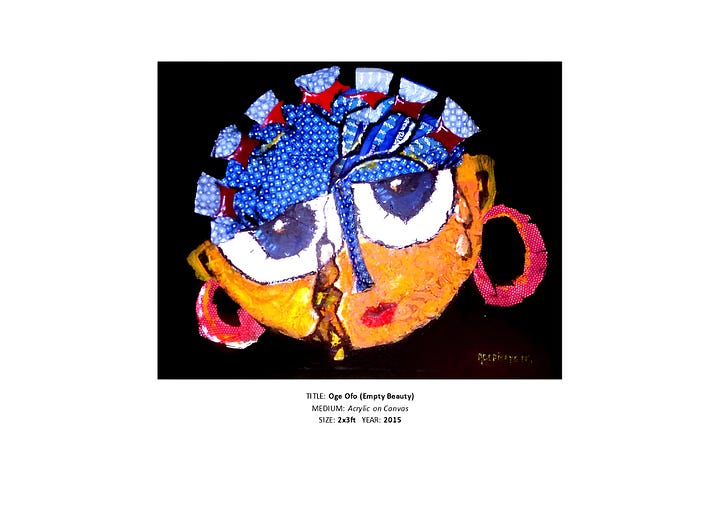
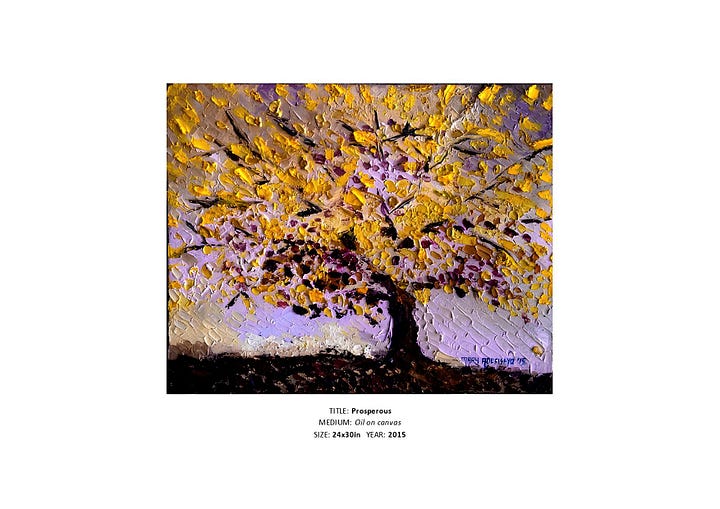
While I was trying to get into the university, I had this fine art textbook that I got from somewhere I can't remember. I would read through it and try out everything I read from it. I had enough time on my hands so I would source for crayons, watercolours (secondary school grade) and tried out painting, paper mache, clay sculpture, drawing, and all sorts.
Around this time, I started learning design from my goddad. He could paint, draw, design and was a fine photographer. He was as techy and creative as you could get back then. He got me started on my journey as a designer by teaching me to use the design softwares (Photoshop, CorelDraw 9, 11, etc). He’d give me his printed designs to replicate and I would hack at them for days!
When I was leaving for Uni, he gave me two boxes of pastels and I was over the moon. Before then I tried to study Geology (out of pressure just to get started on my University journey) but I had this inclination toward art and my parents supported it. At first though, there was a little bit of a misalignment with my mum because of the wrong impressions that people had about art and what you could make out of it at the time.
What finally made me pursue design as a career would be getting into OAU to study fine art. This experience reinforced all my learnings about design and the creative path. I learnt the principles of art and design and it all made sense to me on a deeper level. As a student, I taught design and mentored amazing creative designers via a platform, The Campace OAU. After school, I pursued design further by joining the team at FourthCanvas.
This and the support I've had from the best humans around me have led me to where I am now.
How would you describe what you do to a 5-year-old?
I make it easier for people to choose a (or my) product in a supermarket when they have plenty of options to choose from.
What is your day-to-day routine? What does a typical day look like for you?
I attend a lot of meetings because most of my work now involves leading and collaborating with amazing people who make good work happen. It also involves working with clients to help them make sense of the good work we're doing (for them), so it’s easier for them to make better judgements, and create endlessly from where we stop. A typical day would involve me attending project team meetings to have conversations about ongoing projects.
I always have an early start with my family, preparing for the day with my husband and dropping off the kids at school.
When I'm done, I would have project-elevating conversations in a cluster of sections (brand strategy team and I, visual design team and I) sometimes. Other times, I'd meet with the full project team, depending on what stage the project is. The span of the meeting is determined by what we're working on.
After the team-based meetings, I attend to emails and take client meetings or calls to align on timelines, deliverables, and other things. For my project team, we are either working on a brand strategy project or discussing visual direction, sketching, and planning design sprints where I get to roll up my sleeves and get my hands dirty doing some design.
I take a nap early in the afternoon to catch up on my rest, then wake up to check in on project updates and send reviews, take more sectioned team meetings on projects, and also discuss the next steps.
I love to find time to still get my hands dirty, depending on project needs and to help the designers make sense of client feedback.
I get my kids from school then enter mom zone back to feed and spend time with the fam.
Later at night, when the fam is resting, I get back to my side projects for a bit.
Then, I start prepping for the next day and retire for the day.
What do you enjoy most about what you do? What is the most satisfying thing about your job?
Seeing people experience and figure out the thinking behind the good work we do and sharing feedback in real-time like they were a part of the process. Other than that, I enjoy the conversations in the discovery phase a lot! There, we're seeking out gems about the client that help us make sense of who they are, what exact problem to solve and how to communicate what we're doing with them, to them.
I have found that creatives tend to think hard about the project they are working on and have less consideration for the person they are working on the project with/for. They often forget that they have their own biases and experiences, and this colours how they make sense of the problems they're trying to solve.
Discovering essence is so important to be able to create magic with your clients. The discovery is as important as the partnership, and sometimes, the stories they share, and the comments they make about a random situation help in the translation of their essence into usable elements; from strategy to visuals.
When we share the resultant work, the best feedback is the one that probes the results based on the clarity I've brought to them.
It's interesting to also help clients make sense of the work we’re doing with/for them. It is a very important part of the work I do. I help them make sense of the work, then they can defend what we're doing (from a purpose perspective) as opposed to just dumping the project on them when we’re done.
What is the best career investment you have made as a creative?
I would like to start with what someone invested in me that made the difference. Earlier, I mentioned that I learnt to design from my god-dad before I resumed university. These were the days when you would find design resources in people’s hard disk drives, not like now when you can easily find resources online without physical contact or interaction. During my time at his place, I learnt a lot of life lessons beyond just design from him. One important lesson I learnt from him was integrity. I particularly remember an event that solidified this lesson for me.
I had just started learning the use of CorelDraw 11, the OG design software and some guys came into the office requesting that I manipulate a document. On the surface, it was just an OND result that needed a slight edit, because they couldn’t reach the HOD or something, to correct the error. I was young and fresh and it felt like a challenge so I was eager to do it because I wanted to flex what I had learnt. During the conversation, my boss, Ayobami Oke, walked in and asked me what was happening and I told him what they wanted. He turned to them and told them, “We don't do that here”, sternly. After they left, he spoke with me about it and said something that struck me, “Just because you have the skills to do something does not mean you have to do it”. Some years later, the same thing happened when a junior colleague was about to do the same thing and I had to share my story and it was such a teachable moment on discretion. I also learned to take responsibility when he was not around. His investment in me has been pivotal in how I make decisions, deal with people, and have grown over the years.
Second huge investment would be me joining Fourthcanvas at the time that I did. Before then, I had been teaching design and understood it to a good extent. I had also worked on a number of live projects too but joining FourthCanvas exposed me to projects that were of greater consequence so I had to be more intentional about the output, and learnt to pay more attention to details. A lot more investments have been from this pivotal move. My learning became accelerated because every one of us was hungry to learn and rub off on each other.
On understanding branding, I would say investing time to read ‘Brand Identity’ by Alina Wheeler. I championed the team reading the book at Fourthcanvas then and it opened us up to how we thought about branding and we got to understand it better and in depth.
On colour, meeting Karen Haller and taking her course on colour. She’s made a huge impact on the depth of my understanding of colour psychology.
Related Interview
What are some of the challenges you face as a designer?
The biggest challenge is translation– that is, converting their stories and essence into actionable frameworks, and a distinctive visual language. Also, the communication of what we're doing internally for the client to the client and making sure we understand what they are saying to us. This is to ensure we're not just making nice things or just dumping nice catchphrases on the clients– they came to us for clarity.
Finding clarity in the midst of a beautiful yet sometimes chaotic mix of stories, values and ideas is quite challenging. You gain new knowledge per project, yet it’s day one for the next new project.
A part of my (and 4C’s) design process involves clarifying creative direction. We craft the Creative Story/Direction internally, then share it with the client. We come to an agreement that the Direction is a great translation of their essence and we then proceed to the actual creative work.
This way, we make sure to make things that are meaningful and useful to them. It's not enough to create a brand strategy document but it's important that they understand and remember what we have created and the process it took us to get there. Sometimes we create something we know will work for a brand but it's not enough to know it will work, it is also important to let them see how and why it will work and the implications of them sticking to it.
Read Also: How To Build Meaningful Relationships As A Creative
How do you usually navigate this challenge?
Aside from following the process as mentioned earlier, it is important to understand the people I work with and for. From the people I am working with on my side, to the team on the client’s end. Internally, I ensure we stay objective and ask questions because there's a possibility of mixing emotions/assumptions with logic. For our clients, doing research (about them) and holding conversations beyond the immediate work on ground helps me know how to best communicate in a manner that they can relate with.
Understanding the people we’re working for and the team I am working with makes it easier for me to translate and communicate the translations.
The whole process involves a lot of conversations and getting to know people beyond the work we're doing and the skills they have.
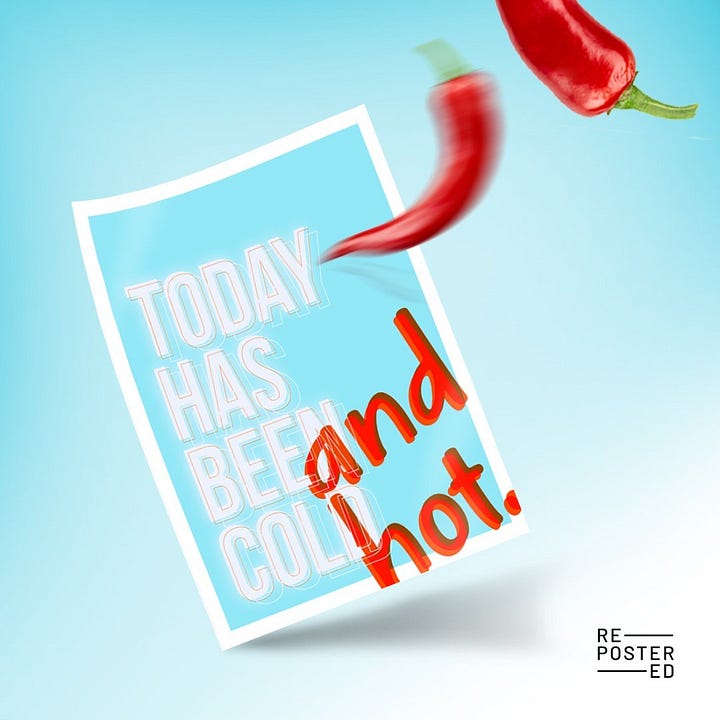
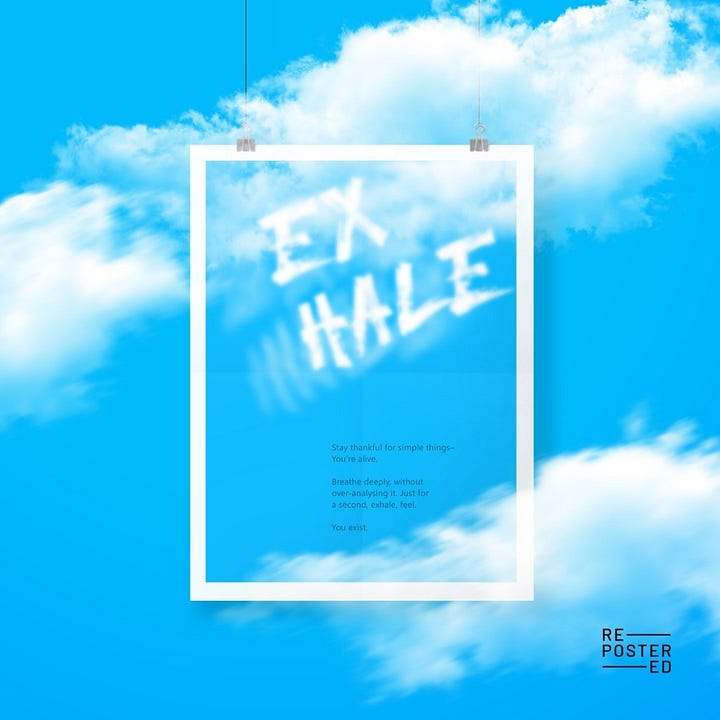
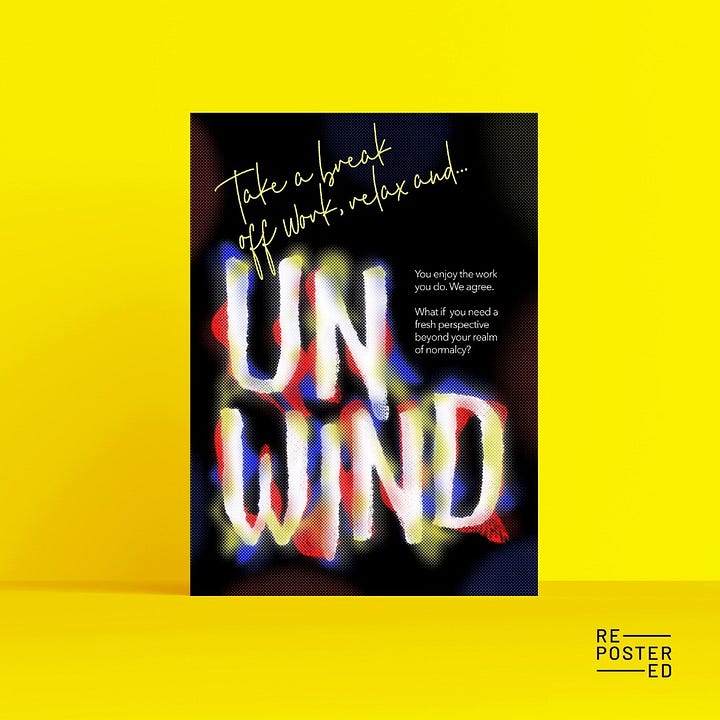
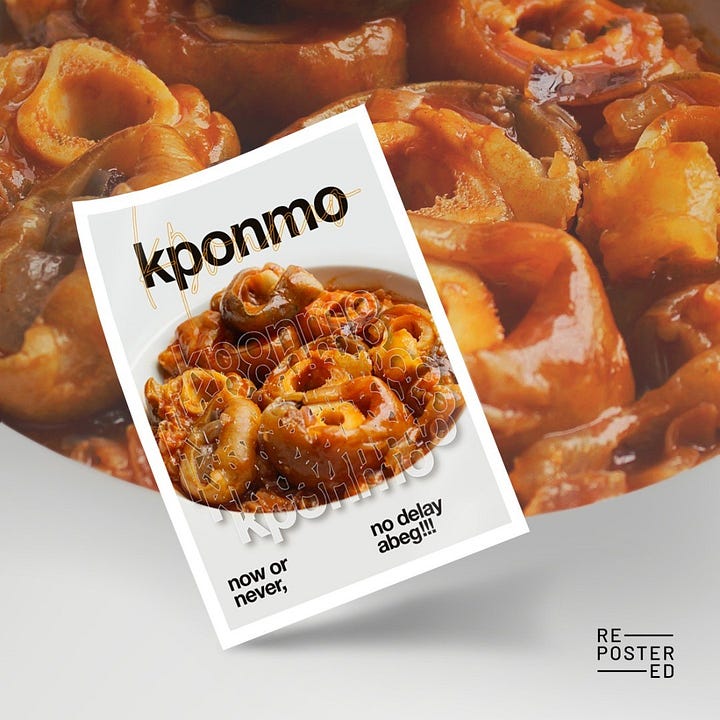
What is your workflow and creative process?
Preproject would include planning the workflow, adding timelines and deliverables and scheduling weekly meetings with the client’s team.
The project itself starts with the backstories, and the audience: Client Understanding. It will typically involve sessions to explore the brand purpose and clarify the stories from different angles. The brand story is important because it is where we're creating from, no matter the type of project. Beyond brand visual identity, if it's a music cover art, I have to listen to it. If it's a book cover art, I try to read a good chunk of it to get context for what I am working on.
This then leads us to create the Conceptual Directions (for visuals) or strategy documents (for strategy), which we review till we’re on the same page. Mostly for visuals, Conceptual Direction is like designing the visual strategy for a project, containing contextual or thematic statements, some keywords, moodboard for the different assets, etc. Think of this like a visual sketch of what the end may look like, to create a sense of direction.
We agree with the client that the direction works, and get into the next phase; sketch. We get into innumerable sketches, trim to the best, explore and show a few examples of how it might be used. The sketches can be redone, depending on how well it aligns with the CD. After an agreement on the sketch, we explore and craft the visual system as an extension of the CD and Identity; loosely, the logo.
I like to create a principle, as inspired by Paula Scher; like the foundation from which all the elements can evolve.
When the design is done and approved, we go on to create guidelines that contain details on why we created what we created and how to use what we have created so that anyone can take it up after we deliver.
There are always a lot of conversations with the client about the possible directions to help them get familiar with the potential end results. Involving them in the whole process helps give them context when they are shown the end results as they were a part of the process that led to it.
Next, we onboard clients into the newly designed identity, website, etc. This is done so they know how to continue to build and create magic off the created assets.
What are the essential gadgets, tools, and software you use for work daily?
For software, I use Figma, Adobe Illustrator, InDesign, and Photoshop.
My must-use gadgets are my MacBook, Phone, and headphones. Also, my Power Bank and Ring Light; for meetings.
Read Also: 10 African digital products and platforms you should know and use as a creative/ creator
How did the Covid-19 pandemic and lockdown impact you and the work you do as a creative?
It made me conscious that I would not be seeing a lot of people and need to work with them more effectively so I had to listen with deep intent when we have meetings. It also meant that I had to be more time-conscious.
Interestingly, around that time I was already phasing into working from home so not a lot of things changed for me in a sense. But I couldn't just visit someone's office to have a conversation with them about projects. I had to take a lot of virtual meetings and calls.
Not being able to see my team members physically took its own toll too, as we were used to an agency setting where we were all in the same place working. We had to transition to having very long calls at the beginning of the pandemic and try to simulate the physical office experience by meeting physically once in a while.
I was also expecting my first child at the time so it was stressful. I decided to keep working because I didn't want to be docile. I had to find a way to keep my mind working.
I still made magic during that period.
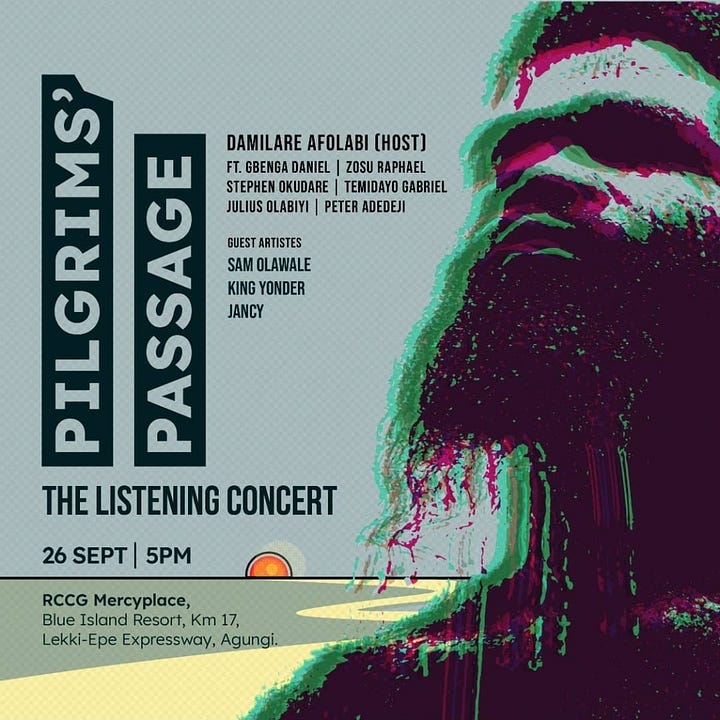
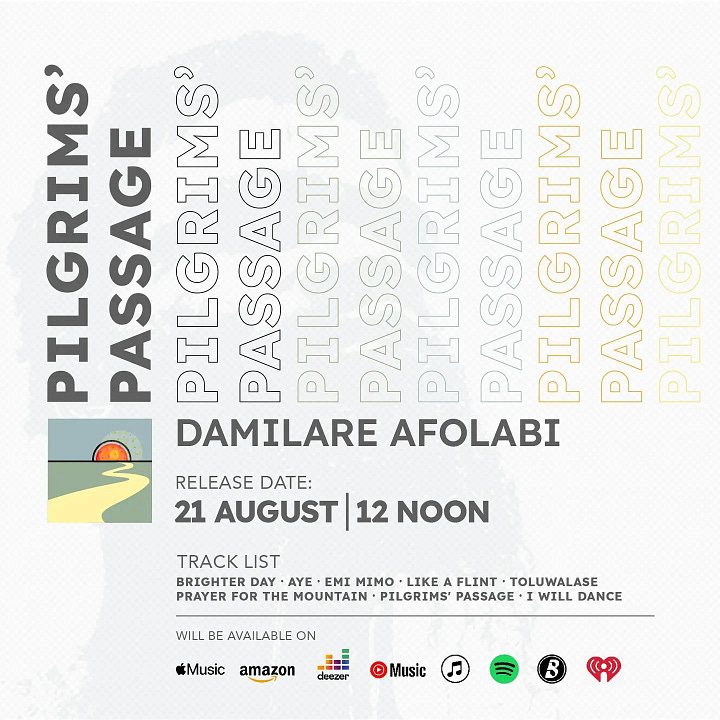
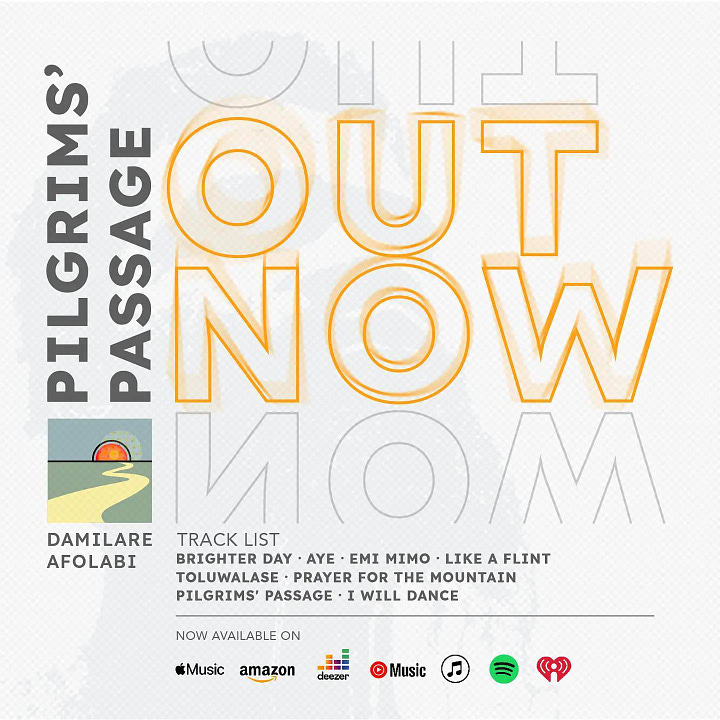
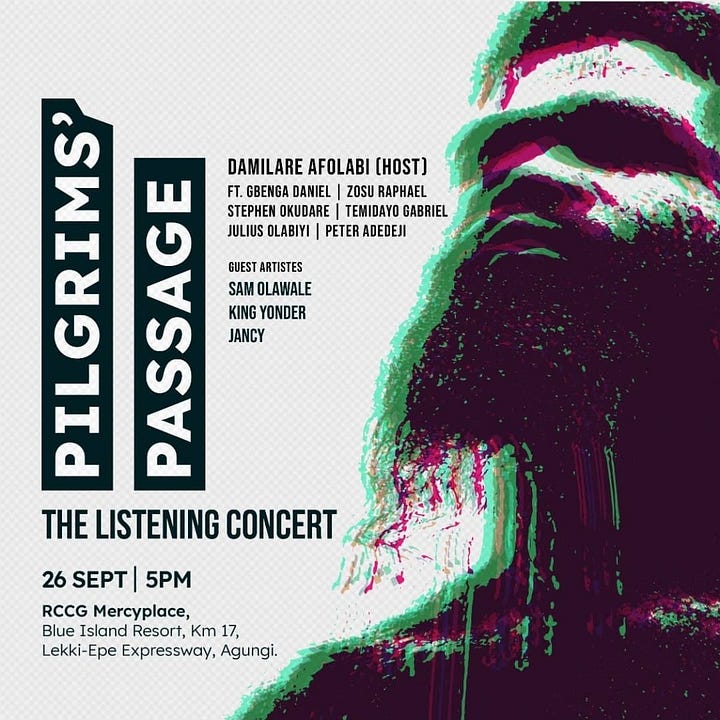
How do you handle creative blocks and pushback as a creative?
For creative blocks, I don't stop working. Pablo Picasso said something about good artists waiting for inspiration while great artists keep working, and then inspiration catches up with them. This doesn't mean that one can't be stressed, it just means that when you're stressed you can pause but you never really stop working.
It’s not sustainable to work long hours on a thing without breaks and pauses. If there's a time crunch, I let the client know ahead that we may need an extension. I allow the team to take this time to brood on the project while creating an environment for sprint sessions outside of the typical serious environment. Could be a beach session or something.
As for pushbacks, they should be expected. Not because we didn't have points of agreement earlier, but because there's always room for improvement where there's partnership. Improvements will only happen when we challenge the status quo. Pushbacks can be due to personal bias or internal misalignment from the clients' end. So understanding where it's coming from and listening to what they are really saying helps deal with the situation. It is a game of negotiations with the purpose to make good progress.
What is the task you don't enjoy doing but you have to do?
I don't enjoy ‘overplanning’ - planning the tiny details- but I have to do it to be successful at what I do. Most of the time, when a project I am working on is failing, all I need to do is go back to the planning boards.
I also don't enjoy confrontations. But for growth and team progress, I have to do this once in a blue moon, when diplomacy doesn't fix the issue.
What are some of the most exciting projects you have worked on?
Every next project is exciting for me.
My book project on colours. I had fun writing, designing, and illustrating the entire thing!
Art direction for my husband's album cover art and launch campaign.
The work we did at FourthCanvas for foodlama and Pennee
The painting I did at a private listening party.
I'm having some fun collaborating with the Innovation Team at the Nigerian Breweries on a new product yet to hit the market.
How do you stay creative and motivated to keep creating?
I expose myself to things beyond design. I have a hallowed appreciation for beauty and systems that work! I watch food or music-related shows, explore making music with my husband, and enjoy quality time with my family.
I’m learning to take better care of myself; I’m learning to be more aware of what fuels my highs and depletes my energy. Motivation to keep creating is a tad easy, with the kind of people and things I'm surrounded with.
How do you relax and have fun?
I watch movies with my husband and play with my kids. Sometimes, I have deep and lighthearted conversations with my husband or friends. I enjoy listening to and making music. Another thing I enjoy is cooking and trying out new "safe" things.
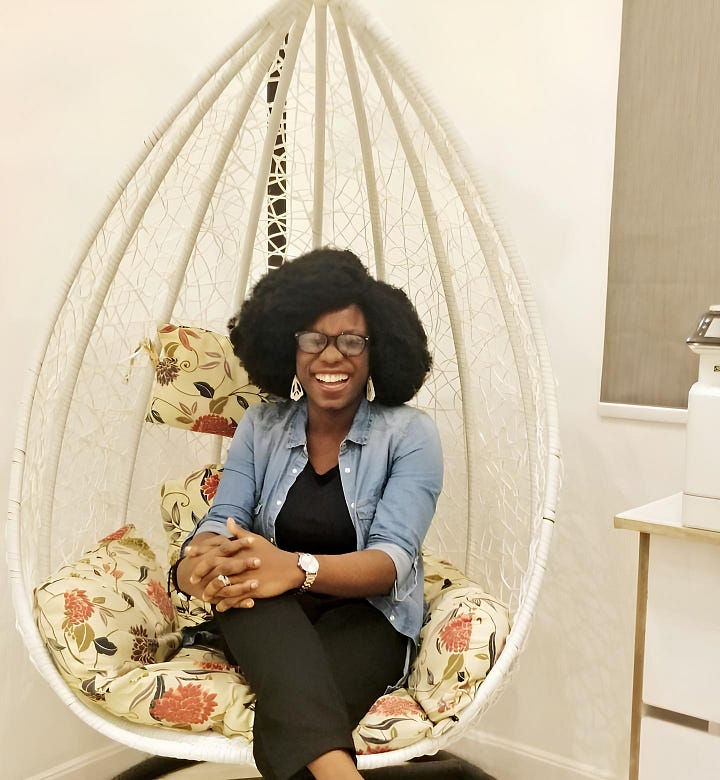
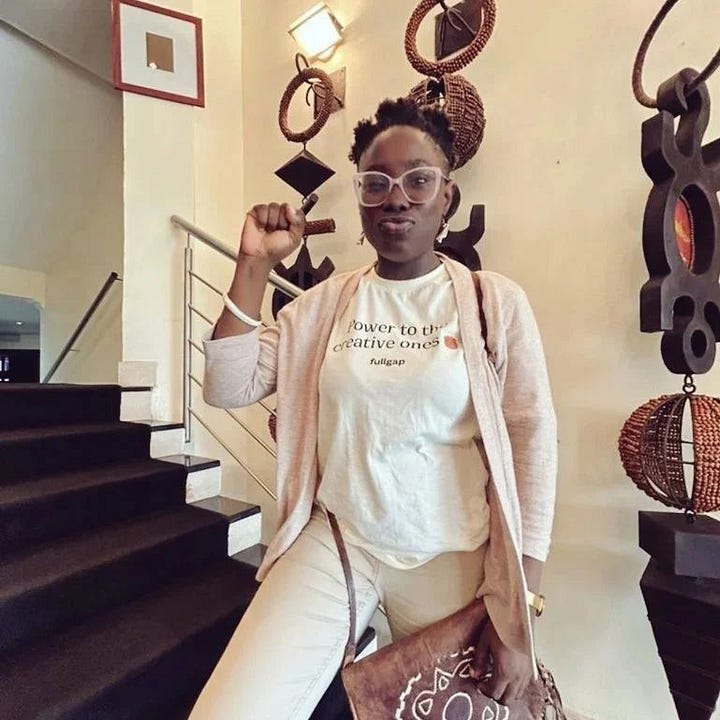
Who are the creatives that inspire you?
In Nigeria, Victor Fatanmi, Tunji Ogunoye and the 4C Team, Bolanle Banwo, Debbie Bashorun, Shutabug, Peace Itimi, Okunade Goodman, and Taiwo Adeyemi.
On a global level; Neri Oxman, Karen Haller, Mariner Willer and Paula Scher.
The host of 'em.
Who is that one creative you would love to work with or collaborate with?
Ibe Ananaba.
What brand would you love to work with?
Oraimo; to collaborate with them to paint some of their headphones.
What would you be doing if you were not a designer?
I would be painting, hosting conversations, or collecting antique pieces or art and sculptures.
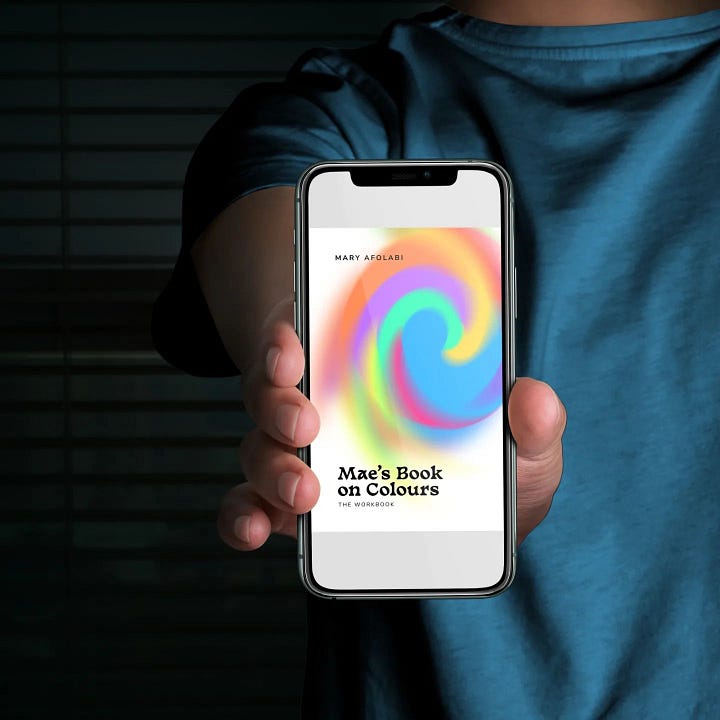
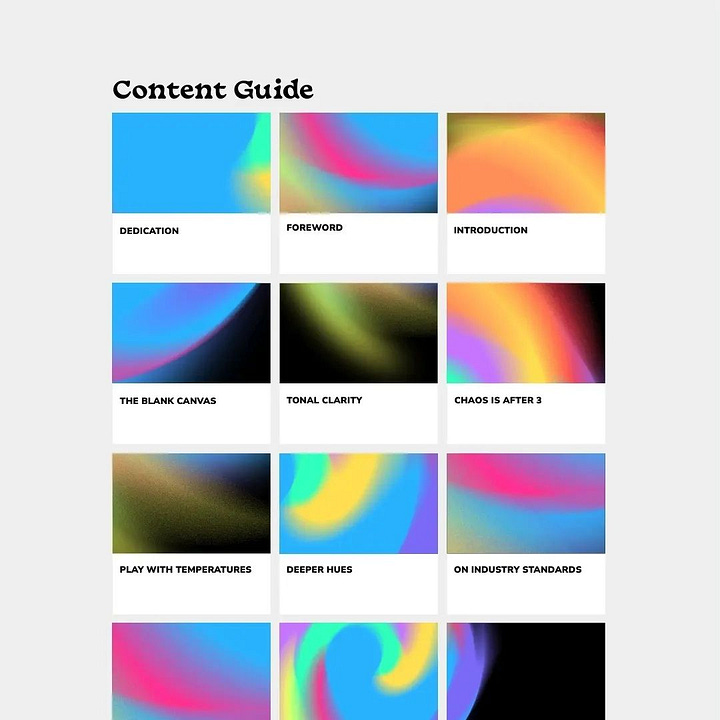
What advice do you have for someone who is at the early stage of their creative journey?
Focus on your journey because we sometimes look up to people to figure out the inner workings of our journeys. You're bound to find out that there's no template. You can learn from someone's journey, but you are creating your own story so follow through and stay true to your path.
There are going to be distractions and you may even make mistakes but that's part of life and the journey. Build on the most important thing beyond the skills. Things like tenacity and most importantly, being a good human.
What would you consider success and fulfilment in your career when you look back in the next 20 years?
I’d love to look back and see the heavy global footprint of my mentees and the people I have inspired. On a personal level, I’d love to have collaborated with industry leaders in different sectors to drive change in the reception of great design and brands.
Read Also
Whose story would you love to read about?
Debbie Bashorun, Uche Ugo, Tunji Ogunoye, and Taiwo Adeyemi.
Do you have anything you would like to plug in or promote?
Check out my recently released book on colour. Visit the website to get a copy.
Thank you for sharing with us!!!
Connect with Mary on Twitter, Instagram, and LinkedIn.
Thank you for reading and don’t forget to like and share the interview.
See you next time!!!
Follow us on Twitter, Instagram, and LinkedIn to stay up to date.





